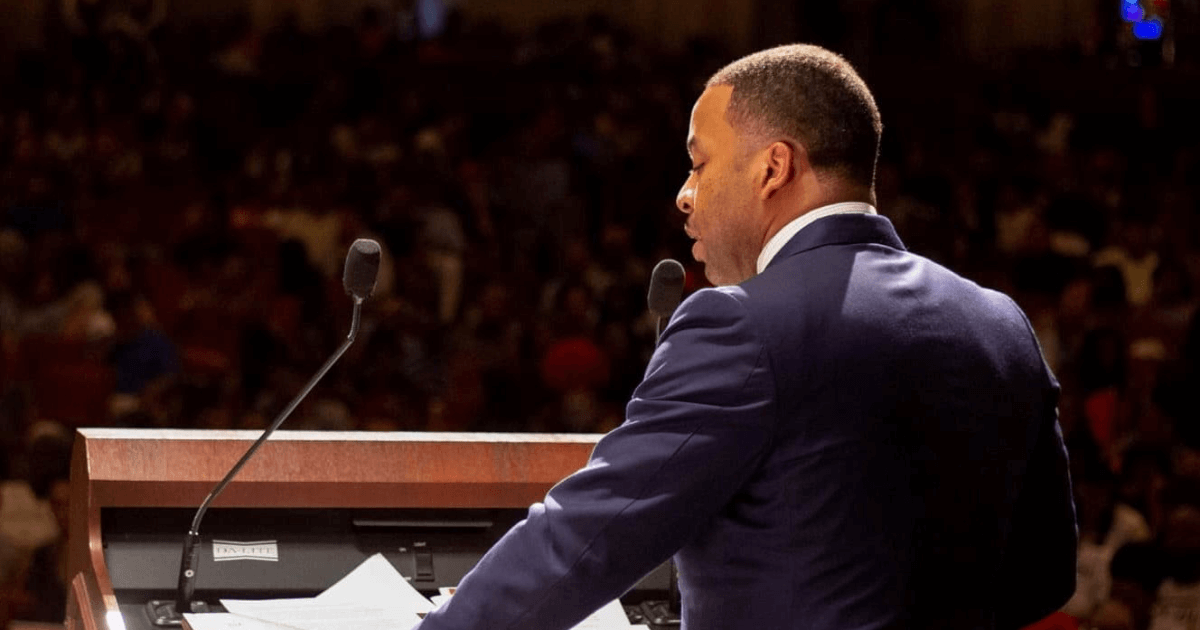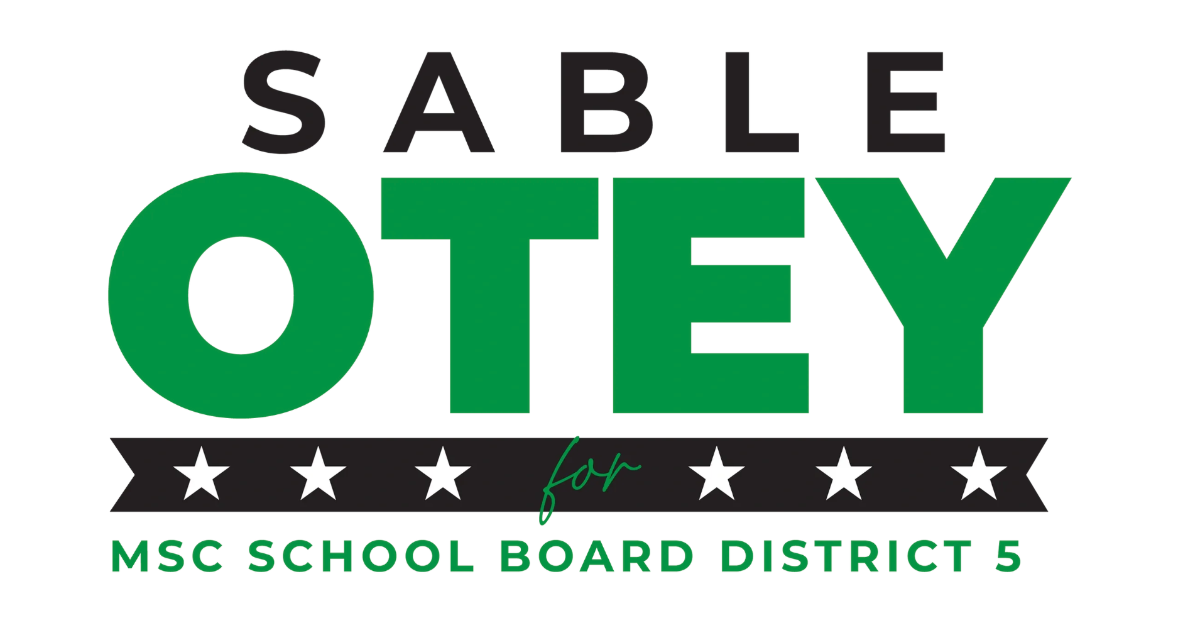In response to the tragic shooting at The Covenant School in Nashville, the Tennessee legislature recently passed a bill poised to change the landscape of school safety: allowing K-12 teachers to carry firearms on school premises. The move is intended to bolster security measures and empower educators to respond swiftly to active shooter situations, potentially saving lives. However, the decision has ignited a fierce debate, with proponents championing the measure as a proactive solution and critics voicing concerns over its efficacy and potential risks.
The bill, currently awaiting the governor's signature, would authorize teachers and select school staff to carry concealed handguns after undergoing specialized training. Advocates argue that arming teachers could serve as a deterrent to potential attackers and provide a critical line of defense in emergencies. Yet, the contentious nature of the legislation was evident as some lawmakers walked out in protest during the special legislative session, accusing the Republican majority of stifling dissenting voices.
Amidst the polarized discourse, a myriad of concerns and risks have emerged regarding the proposal to arm teachers:
- Increased Risk of Shootings and Accidents: The search results highlight numerous incidents where firearms brought into schools, whether intentionally or inadvertently, have resulted in shootings, injuries, and fatalities. This raises legitimate fears about the potential escalation of violence and the heightened risk of accidents within school premises.
- Liability and Insurance Implications: The introduction of firearms into educational settings poses new liability challenges that insurance providers may be hesitant to cover. Schools could face substantial financial burdens in the event of legal claims, further complicating the implementation of the policy.
- Student Access to Firearms: Research underscores the alarming reality that children often access firearms if they are readily available, heightening concerns about students gaining access to teachers' weapons. This exacerbates the risk of unintended consequences and further endangers student safety.
- Lack of Teacher Support: A significant majority of teachers express opposition to proposals to arm them, citing concerns about the appropriateness of their role as armed responders and the potential consequences of such measures. The reluctance among educators underscores the importance of considering their perspectives in shaping school safety policies.
- Disproportionate Impact on Marginalized Students: The implementation of heightened security measures, including the arming of teachers, has been shown to disproportionately affect students of color. This raises critical questions about equity and the potential exacerbation of existing disparities within the education system.






























